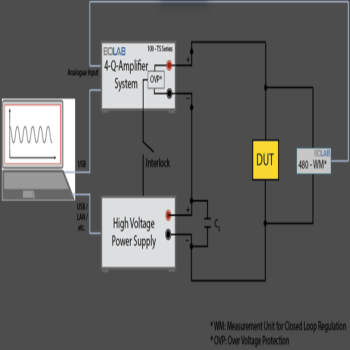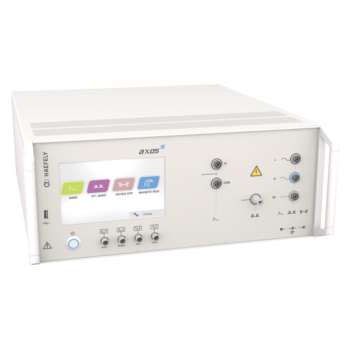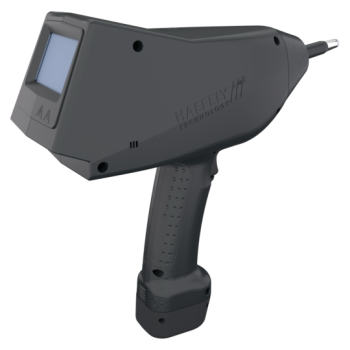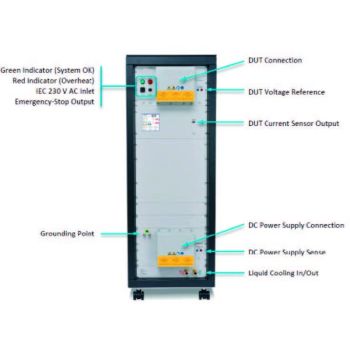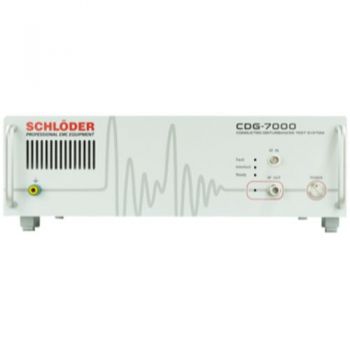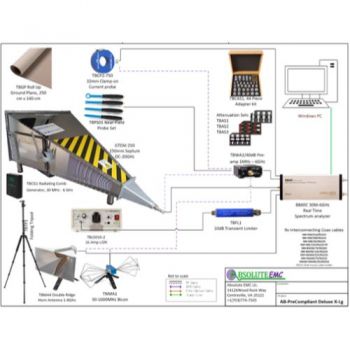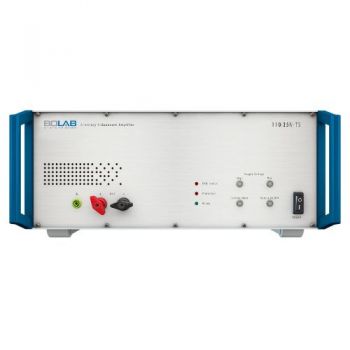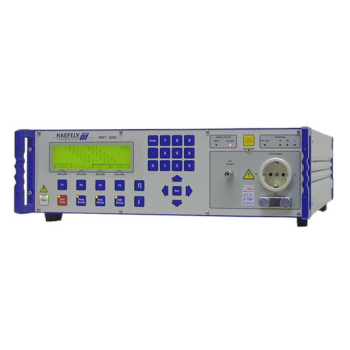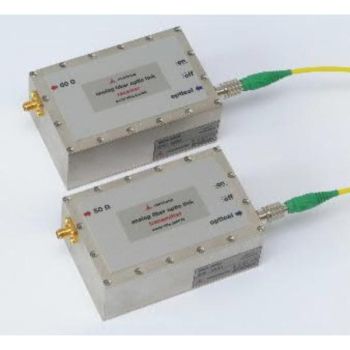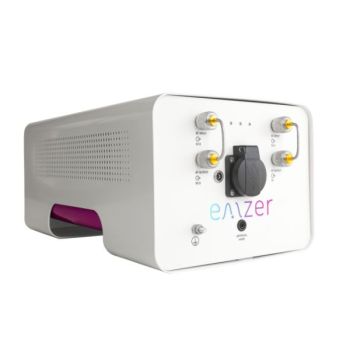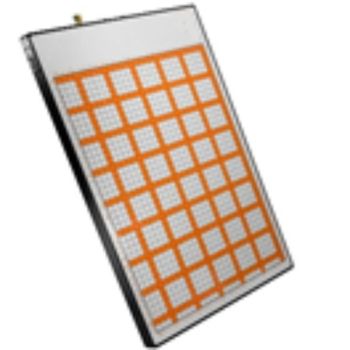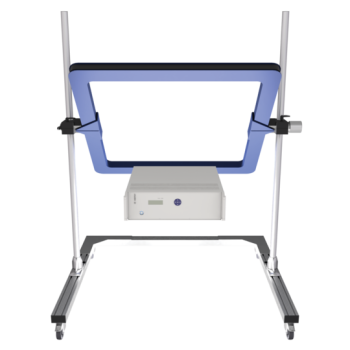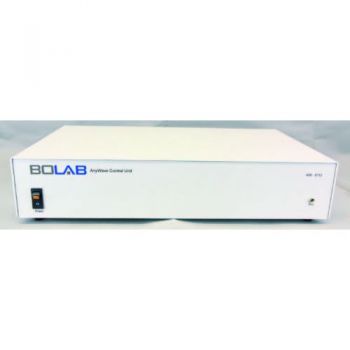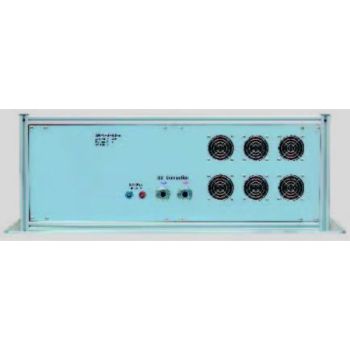Ripple Testing for Automotive HV EVs: Ensuring EMC Compliance
Ripple Testing for Automotive HV EVs: Ensuring EMC Compliance
Introduction: High-voltage electric vehicles (HV EVs) have revolutionized the automotive industry by offering clean and efficient transportation. However, these vehicles incorporate complex electrical systems that generate various types of electromagnetic interference (EMI). Ripple testing plays a crucial role in validating the EMC of HV EVs, ensuring their safe and reliable operation.
Understanding Ripple Testing: Ripple testing is a subset of EMC testing that evaluates the integrity of the electrical power supply in an EV. It primarily focuses on assessing the quality of direct current (DC) voltage supplied to sensitive electronic components and systems within the vehicle. Ripple testing is performed to ensure that these components are not adversely affected by high-frequency voltage fluctuations, or "ripples," that could compromise their performance.
Types of Ripple Testing:
-
Voltage Ripple Testing: This involves subjecting the vehicle's power supply to controlled voltage fluctuations. Voltage ripples can be caused by various factors, including power electronic converters, battery charging, and regenerative braking systems. Ensuring that sensitive electronics can operate effectively under these conditions is vital.
-
Current Ripple Testing: In addition to voltage, current ripples are also evaluated. Current fluctuations can impact the performance of devices such as inverters, motor drives, and battery management systems. Ensuring that these components can handle variations in current is essential for the overall reliability of the HV EV.
EMC Standards for Ripple Testing: Various international standards, such as CISPR 25 and ISO 11452, provide guidelines for ripple testing in automotive EMC. These standards specify test setups, measurement procedures, and acceptable limits for ripple voltage and current. Manufacturers of HV EVs must adhere to these standards to ensure compliance and market acceptance.
Test Setup and Equipment: Ripple testing setups involve specialized equipment, including power supplies, load simulators, and measurement instruments. The HV EV's entire power distribution network may be subjected to ripple testing, encompassing battery packs, DC-DC converters, and the inverter system. High-frequency voltage and current measurements are taken to assess the impact of ripple on critical components.
Challenges in Ripple Testing for HV EVs:
-
High Voltage and Current: HV EVs operate at significantly higher voltage levels compared to traditional vehicles. This necessitates specialized testing equipment that can handle these voltage levels safely.
-
Complex Systems: EVs contain advanced power electronics and control systems. Ensuring the compatibility of these complex systems with the ripple testing environment is a challenging task.
-
Interference Mitigation: Ripple testing should not introduce additional EMI. Careful design of the test setup and the use of shielding and filtering are necessary to prevent interference.
Conclusion: Ripple testing is a critical aspect of EMC validation for high-voltage electric vehicles. Ensuring that the electrical power supply remains stable under various operating conditions is essential to maintain the safety, reliability, and performance of HV EVs. Adherence to EMC standards and rigorous testing procedures is imperative for the continued success of this innovative automotive technology.
